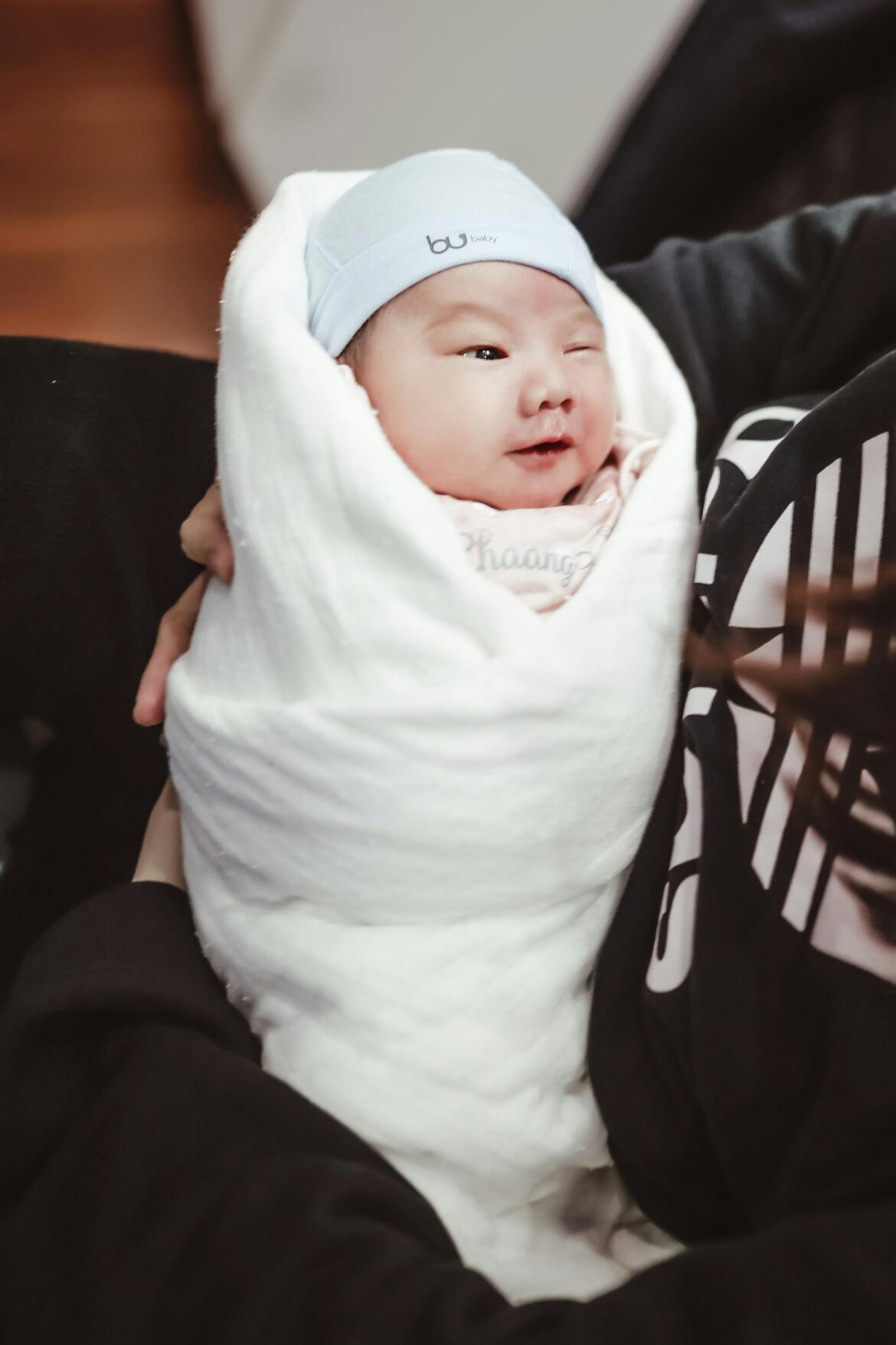A groundbreaking study has revealed a stunning new finding: infants can see faces thanks to their mother’s scent. This discovery, made by a team of researchers from various institutes, sheds new light on how babies use their mother’s scent to perceive faces, providing insights that have never been heard of before.
Key Findings on Infants’ Perception
The study found that an infant’s ability to see faces improves significantly between four and 12 months. However, as infants grow older, they primarily rely on visual information to perceive faces and no longer need concurrent sensory cues.
Dr. Arnaud Leleu, an associate professor of psychology and neuroscience at Université de Bourgogne’s Center for Taste, Smell, and Feeding Sciences (CSGA), explained, “I have a longstanding interest in how sensory perception works in the human brain. Despite its apparent simplicity (e.g., we open our eyes to see), perception is a complex neurocognitive ability derived from past experiences with various stimulations coming from all the senses at the same time.”
The Role of Multisensory Inputs in Infant Brain Development
Dr. Leleu’s research focuses on how the young infant brain processes multisensory inputs to develop perception. The study discovered that the rapid perception of faces, enhanced by the mother’s scent, declines as infants grow older and become more adept at using visual cues alone.
Dr. Leleu emphasized the importance of early exposure to concurrent sensory inputs from different modalities for enhancing perceptual learning in infants. “Together with the large body of research on multisensory perception in infants, our findings reveal the importance of early exposure to concurrent sensory inputs from different modalities for perceptual learning,” Dr. Leleu said.
Building Blocks for Higher-Level Abilities
Dr. Leleu noted that early exposure to repeated intersensory associations is crucial for the later development of higher-level abilities such as semantic memory, language, and conceptual reasoning. “It is therefore important to expose infants to a variety of cues related to the same objects as early as possible,” he added.
Conclusion
This study highlights the remarkable way infants use their mother’s scent to perceive faces and underscores the importance of multisensory input in early development. By understanding these early sensory experiences, we can better appreciate how infants develop the complex neurocognitive abilities they will use throughout their lives.



